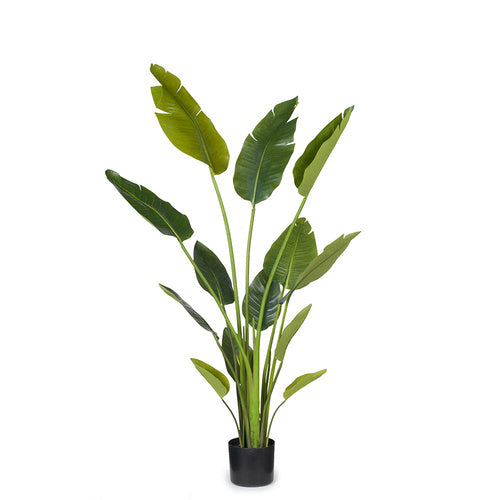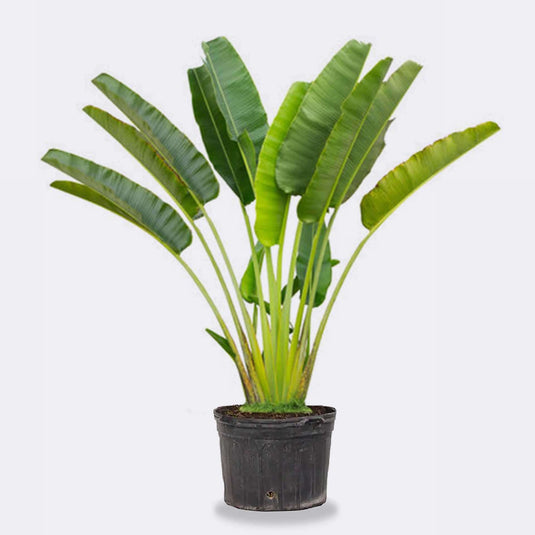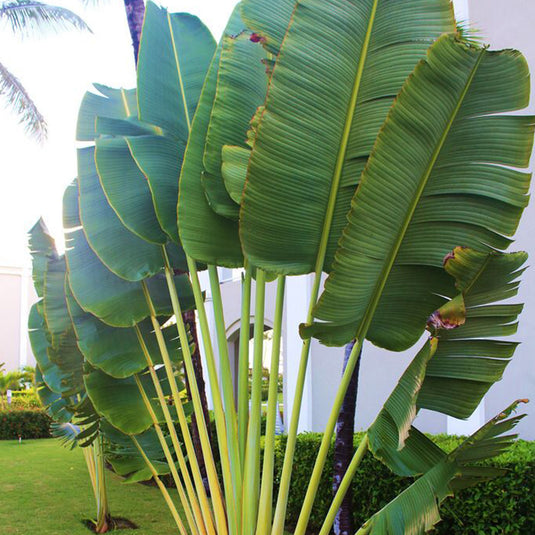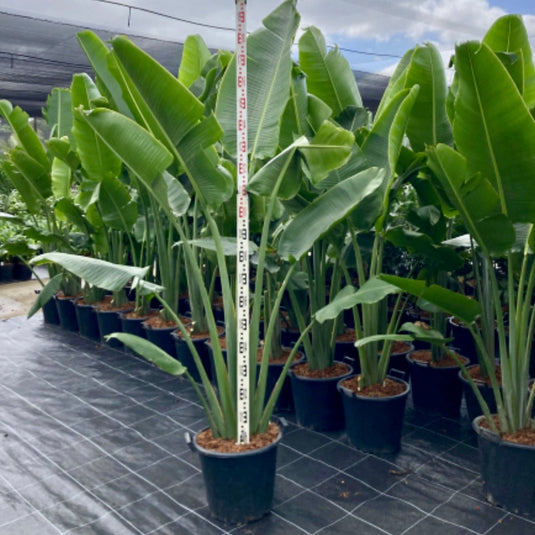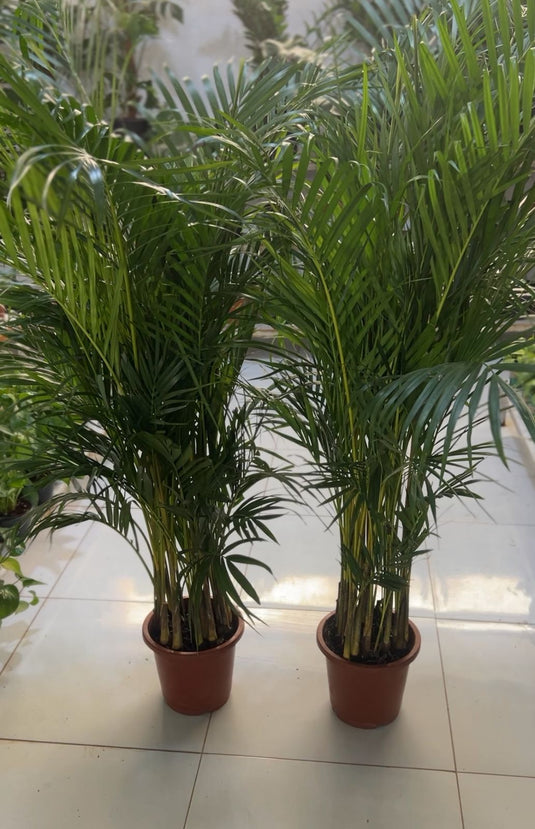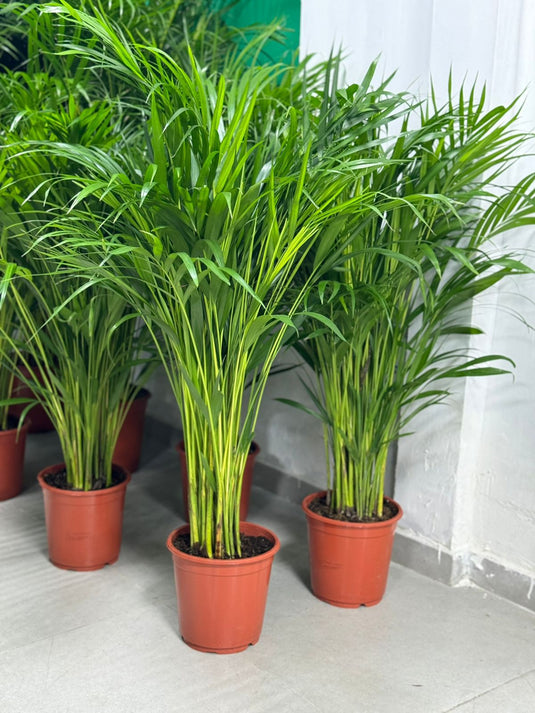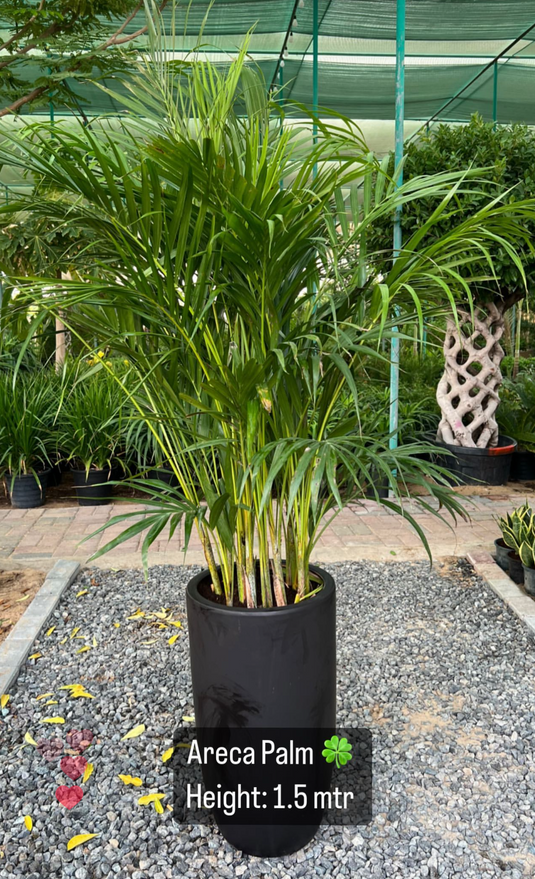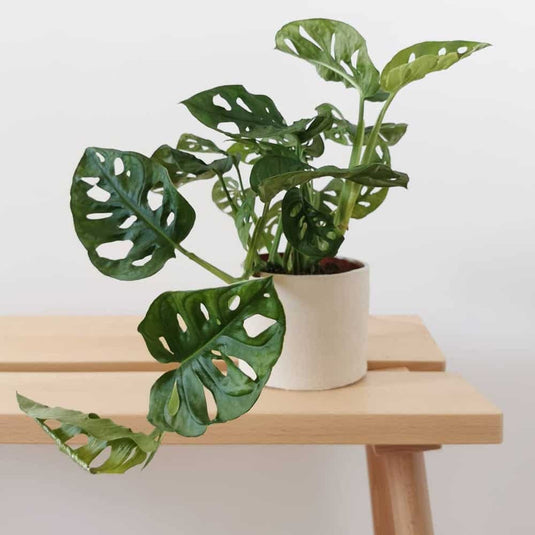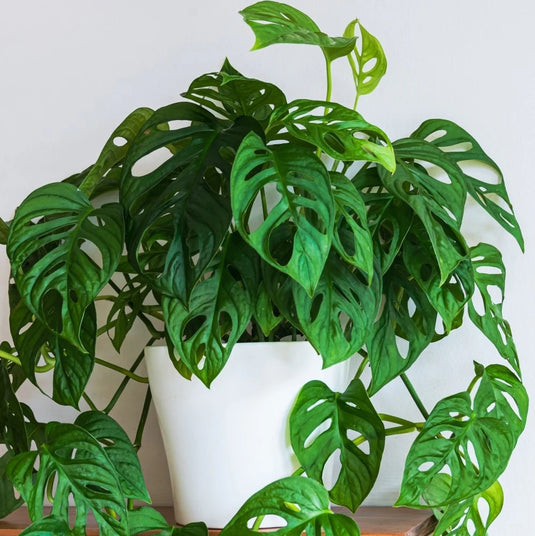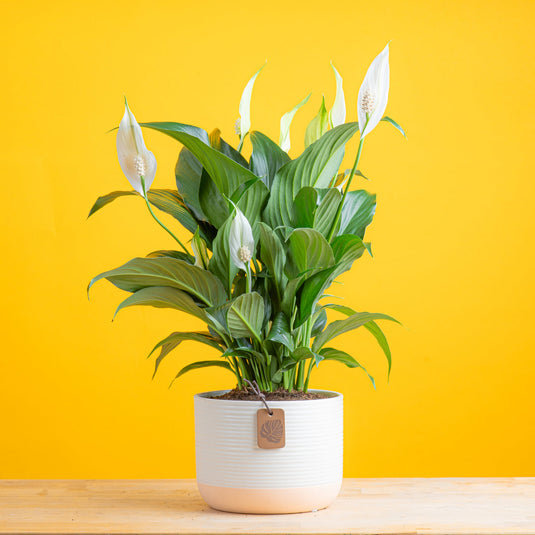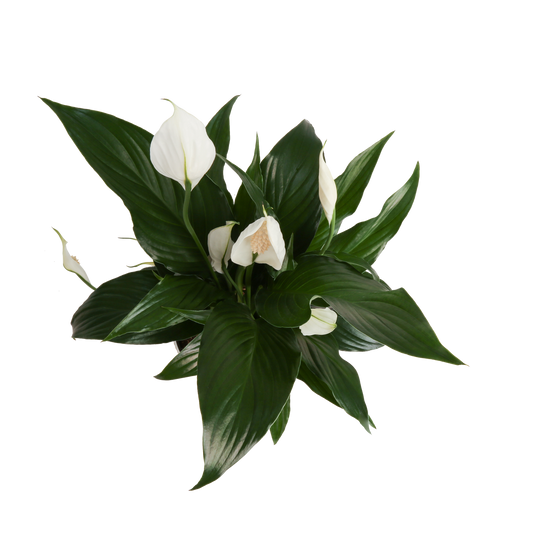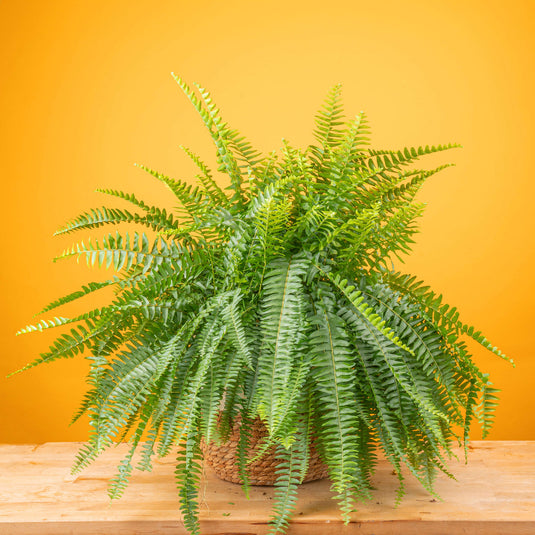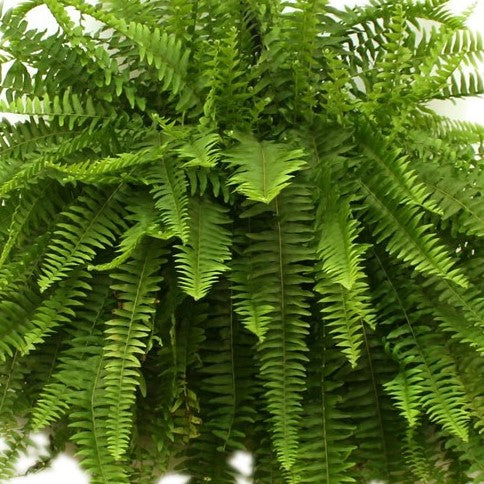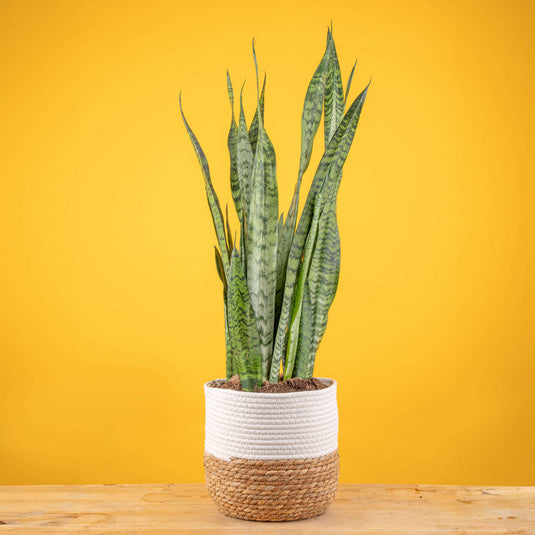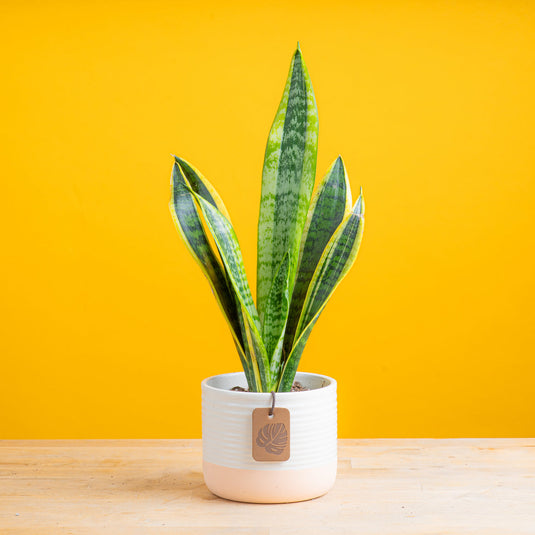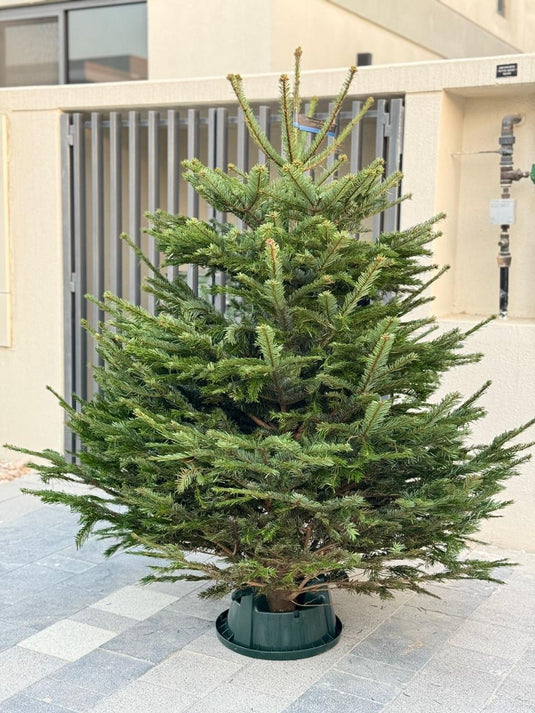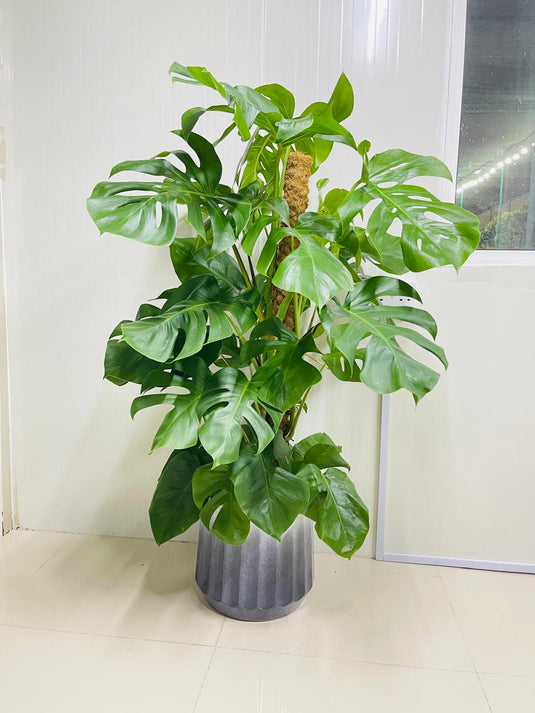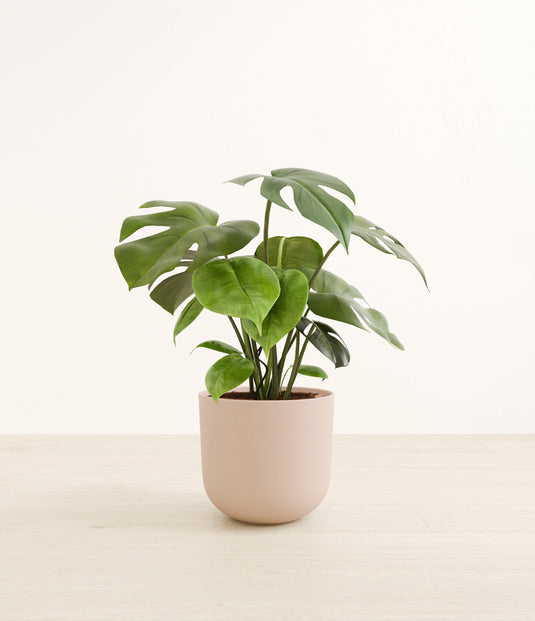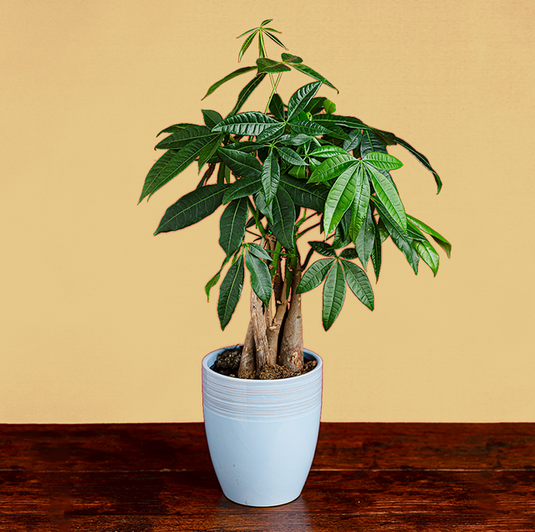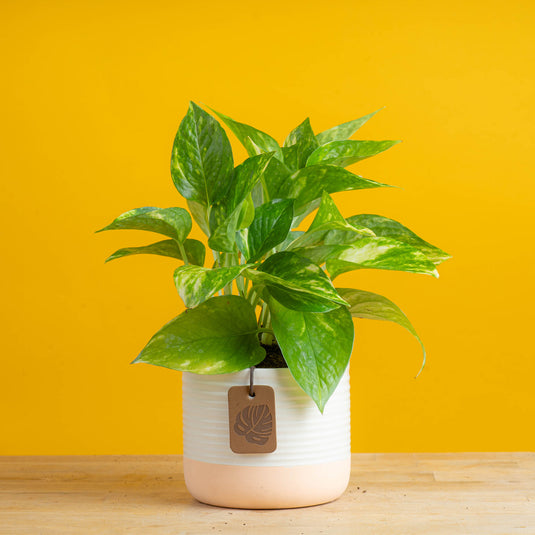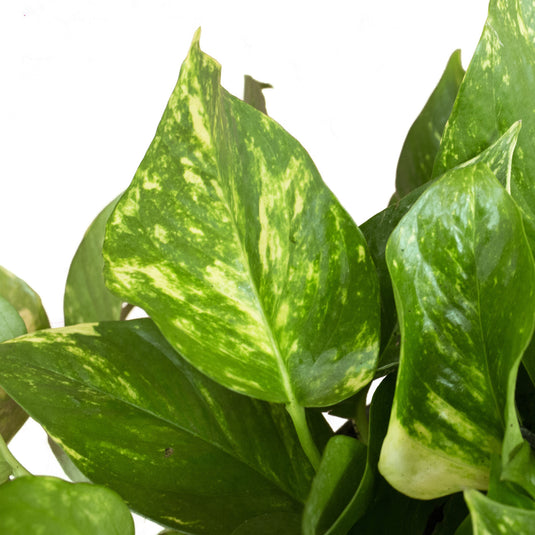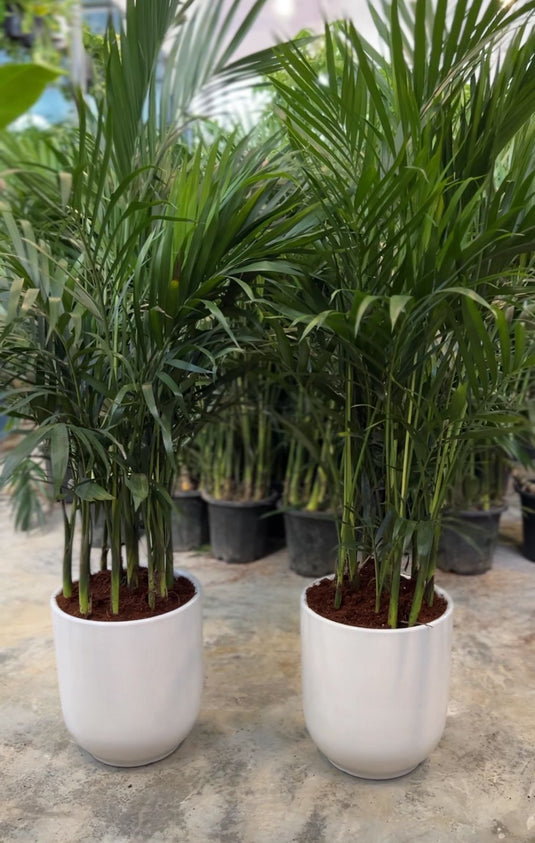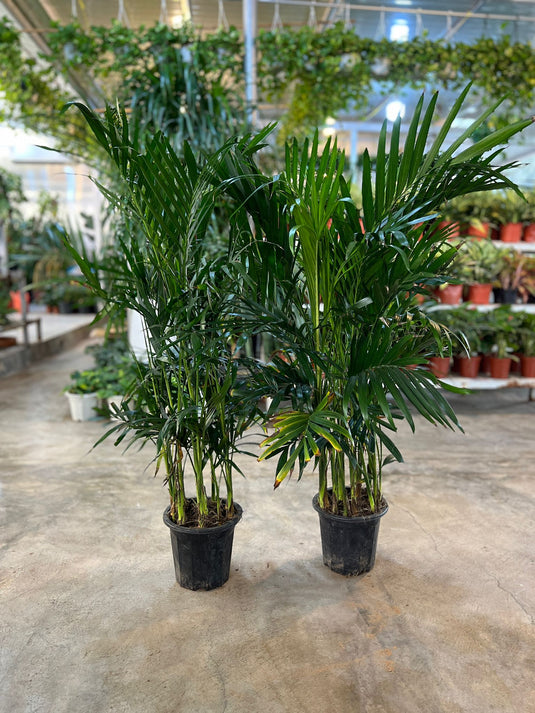Traveler's Palm
- Healthy Arrival Guarantee
- Free Plant Care Consultation
- Safe & Secure Payment
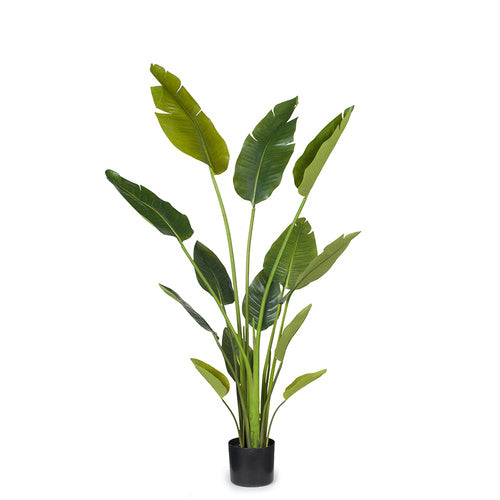
We will send you a notification as soon as this product is available again.
-
Estimated delivery: Dec 07 - Dec 11
-
Free return within 7 days of purchase.
Plant Description
Traveler's Palm (Ravenala madagascariensis) is a striking tropical plant known for its large, fan-shaped leaves that resemble a palm tree. The global market for ornamental plants, including Traveler's Palm, is expected to reach approximately $50 billion by 2030.
5 Benefits of Traveler's Palm That Improve Your Home's Air
1. Aesthetic Appeal
Traveler's Palm is prized for its dramatic foliage and architectural form, making it a popular choice for landscape design. Studies show that ornamental plants significantly enhance the visual appeal of outdoor spaces and improve overall well-being.
2. Air Purification
This plant is known for its ability to filter harmful indoor pollutants, contributing to improved air quality in homes and offices. Research indicates that various plants, including Traveler's Palm, can help reduce levels of toxic substances in the air.
3. Drought Tolerance
Traveler's Palm exhibits remarkable drought tolerance once established, making it a sustainable option for gardens in arid climates. Studies highlight its resilience in low-water conditions, making it suitable for eco-friendly landscaping.
4. Habitat for Wildlife
The large leaves of Traveler's Palm provide shelter and food for various birds and insects, promoting biodiversity in gardens. Studies show that including native plants in landscaping can support local ecosystems.
5. Unique Collectibility
With its exotic appearance, Traveler's Palm is highly sought after by plant collectors and enthusiasts. Its rarity and distinctiveness make it a valuable addition to specialized plant collections.
Disadvantages Supporting the Benefits
- Traveler's Palm requires ample space to grow due to its large size and spreading leaves, necessitating careful placement in gardens.
- While drought-tolerant, it benefits from regular care and occasional pruning to maintain its shape and health.
- This plant thrives in warm climates and may require protection from frost, influencing its outdoor placement in colder regions.
- Traveler's Palm is not frost-tolerant, so in colder climates, it must be grown indoors or in a greenhouse.
- Like many tropical plants, Traveler's Palm can be susceptible to pests, requiring regular monitoring and management.
Frequently Asked Questions
1. Does Traveler's Palm purify the air effectively?
Yes, studies indicate that Traveler's Palm can filter harmful pollutants, enhancing indoor air quality.
2. Is Traveler's Palm easy to care for?
Yes, it is considered relatively low-maintenance, though it does require attention to space and care needs.
3. Can Traveler's Palm thrive in cold climates?
No, it is not frost-tolerant and is best suited for warm, tropical environments.
4. Is Traveler's Palm safe for pets?
Yes, it is non-toxic to pets, making it a suitable choice for households with animals.
5. Does Traveler's Palm attract wildlife?
Yes, it provides habitat and food for various wildlife, contributing to biodiversity in gardens.
Final Verdict: Should I Buy Traveler's Palm?
Yes, Traveler's Palm is an excellent choice for those looking to add a unique and visually striking plant to their space.
Plant Care
Watering
Water your plant once a week or when the soil starts to feel slightly dry on the surface. Keep the soil consistently moist, but be careful not to overwater, as this can cause brown spots and leaf drop. If the leaves become curly or dry, it's a sign that the plant needs water. It's best to water your plant in the early morning or late evening when the temperatures are cooler. Always check the soil before watering.
Light
Provide bright indoor light or indirect sunlight for about 6 to 8 hours a day.
Temperature
Maintain temperatures between 18°C and 24°C. Avoid exposing the plant to drafts, as these can cause undesirable temperature fluctuations. Mist the plant occasionally, about twice a week, to help maintain optimal humidity levels.
Fertilizer
Apply liquid fertiliser every 15 days when the plant is actively growing. For best results, use Folikraft ready-to-use Indoor Plant Food.



